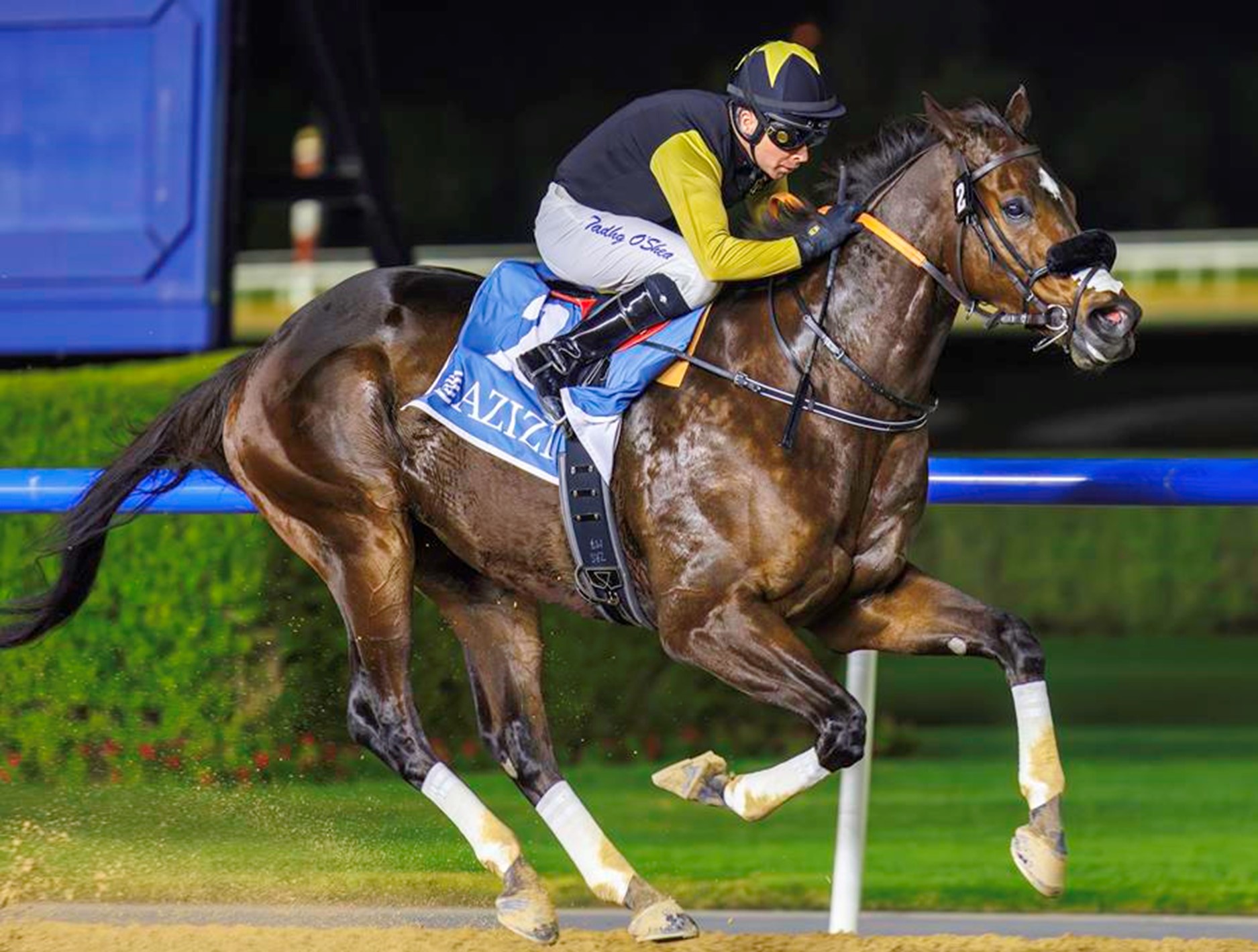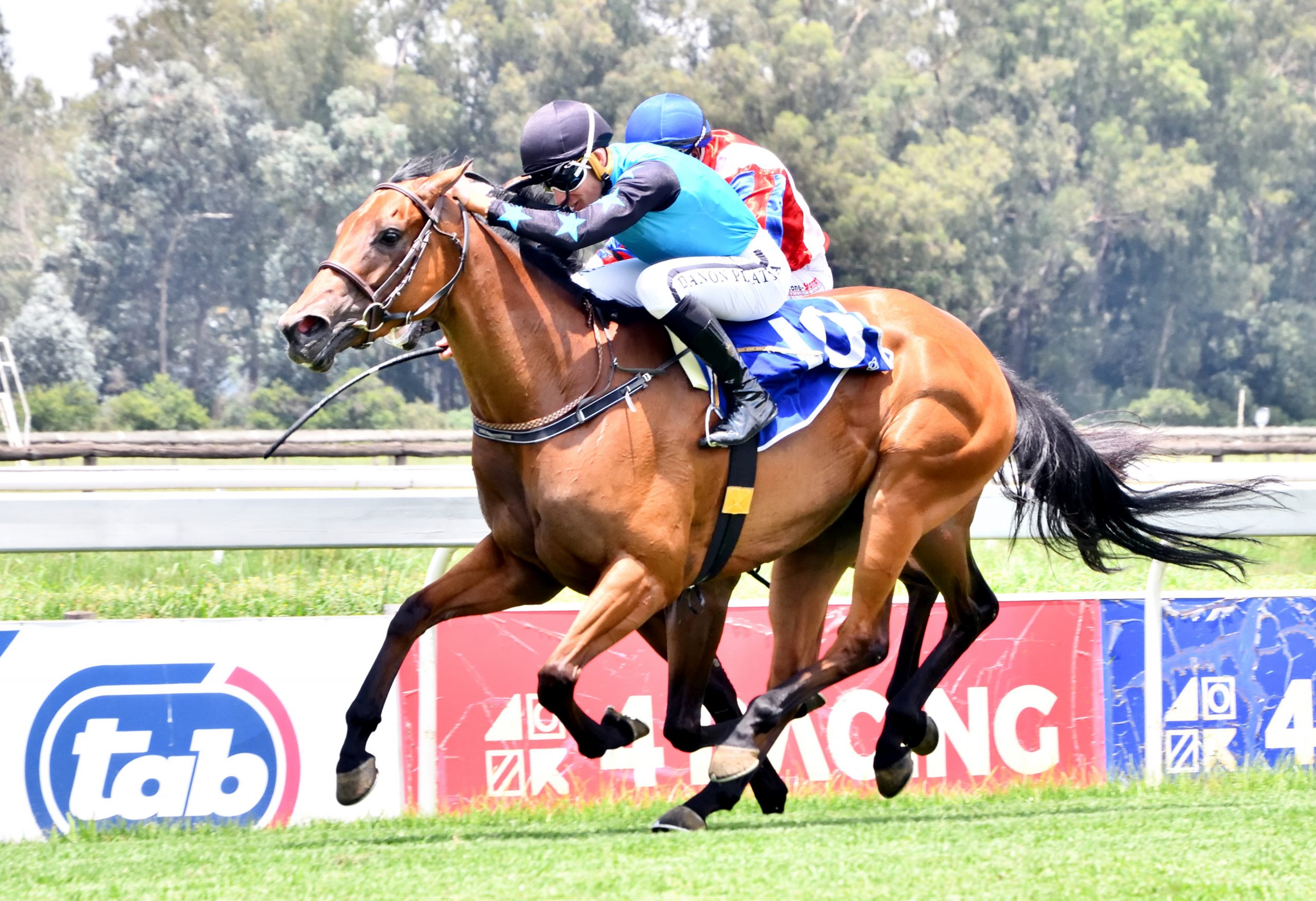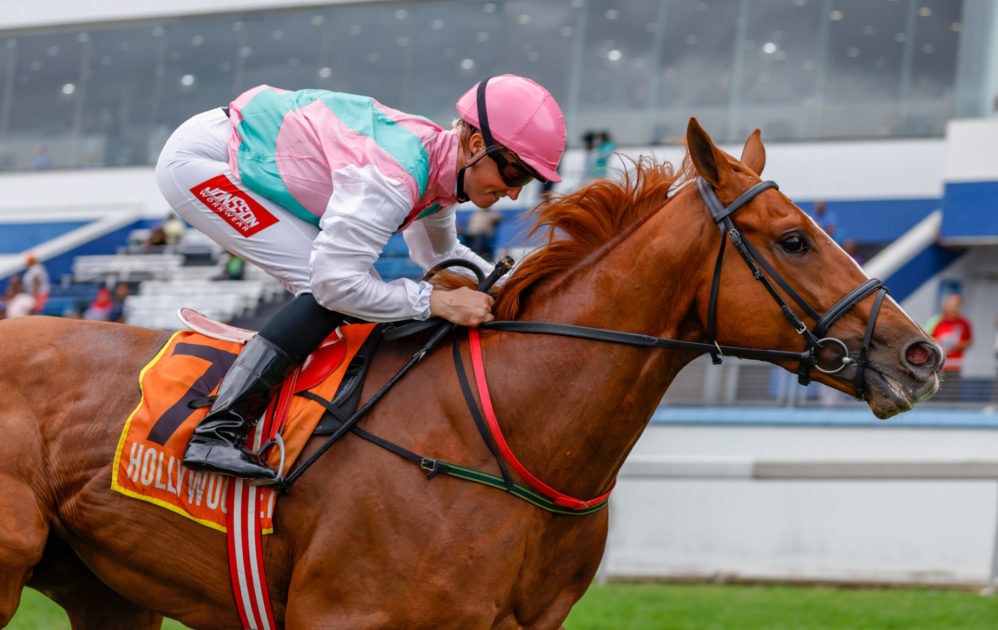Sometimes an individual becomes irretrievably linked to an event. One such individual is Northern Dancer. His event was the Kentucky Derby and all it took was a few minutes on Saturday, 2 May 1964. Two minutes to be exact. When a little Canadian horse with a white face blew a hole in the wind. In those two minutes a legend was born and the face of Thoroughbred racing, breeding and even buying was changed. Forever.
50 Year Anniversary
Why the fuss about the Derby, I hear you argue. It’s American, it’s got nothing to do with us. Ah, but you see, it does. Because of those 2 minutes in 1964, the Kentucky Derby touches all of us. The Northern Dancer blood has become so pervasive that there are precious few Thoroughbreds left that do not carry some of his blood. Most of my horses certainly do. The only one that doesn’t is a Warmblood!
Last weekend marked 50 years since Northern Dancer blew the world away and I thought it might be fun to revisit the story. There are so many facts and figures to absorb and remember in racing that one can be forgiven for forgetting one here and there. This is one of those stories that I knew, but had forgotten I knew. I was reminded about it again recently and thought I’d recount it for those of you who may also have filed it away in a dusty mental recess.
An American Tale
Like all good stories, it starts once upon a time and contains that wonderful combination of luck and coincidence that always seems to accompany this sort of tale. The date was 27 May 1961, when a mare by the name of Natalma foaled down a bay colt with a blaze and three white socks by Nearctic. The setting was E.P. Taylor’s Windfields Farm and the colt would go on to be named Northern Dancer.
Northern Dancer was royally bred. Dam Natalma was the daughter of Belmont winner, Native Dancer. Sire Nearctic was a Canadian Horse of the Year. Grandsire Nearco was 1938 European Champion and great grandsire Hyperion remains the smallest horse ever to win the Epsom Derby. Which probably explains a few things. E.P.’s wife Winnifred was famously fond of the colt. She gave him his name and once said “I always adored Northern Dancer. He certainly had character” (one imagines his handlers may have used more colourful descriptions). “I loved him dearly because he was so little, but nobody else seemed to love him when he was a foal or a yearling as I did.” Northern Dancer reportedly returned her affection and was always quiet and well behaved in her presence, but he could be trickier elsewhere. There is wonderful footage of the colt playing in his paddock as a young horse and E.P.’s daughter Judith Mappin comments “This liveliness, rambunctiousness and naughtiness in many ways, were strong characteristics. He was hard to handle, like a rambunctious child.”
Despite his magnificent breeding and a tag of only $25,000 when offered at a 1962 Windfields yearling auction, Northern Dancer was passed over because of his size. Or perhaps, at 14’2, his lack of it. As with all the unsold stock, Northern Dancer became part of Windfields’ racing stable, transferring into the hands of ‘El Gran Senor’ Horatio Luro.
The best 2yo in Canada
The fact that Northern Dancer remained intact came about more by good fortune than by design. Northern Dancer gave his trainer and handlers a certain amount of trouble and Luro wanted to geld him. Fortunately for Northern Dancer, E.P. had owned a horse called Roman Flare, who was also in training with Luro. The horse was described as being “mean” and “wilful” and Luro convinced Taylor that gelding would make the horse more manageable. It didn’t. So when the subject was raised about Northern Dancer, Taylor argued, “It didn’t work before, why do it now?”
Northern Dancer may have been little, but he could run. Apprentice Ron Turcotte, who later gained fame as Secretariat’s pilot, was on board when Northern Dancer won his 2yo debut at Fort Erie Race Track in August 1963. The Dancer had a fierce dislike of the whip and Turcotte was instructed not to hit him, but he couldn’t resist giving the colt one smack down the left hand side. “He just exploded. That woke him up. That’s when he became a man. He was a boy before, and now he became a man. I won the race with him and told Luro he was the best 2yo in Canada.” Turcotte was proved right. Northern Dancer won five more before heading to New York to win the Remsen Stakes. His record of seven victories and 2 second places in 9 starts earned him the Canadian Juvenile Championship.
Derby doubtful dazzles
However, after the Remsen, Northern Dancer was found to have a crack in his near fore – severe enough to put most horses out of racing, but the team tried an experimental treatment and it seemed to work. In the first start of his 3yo season, his rider was deemed to have made too much use of the whip and Northern Dancer finished second to Chieftain. The jockey was fired. Northern Dancer then won his next six starts on the trot, including the Flamingo Stakes and the Florida Derby under Bill Shoemaker. The diminutive colt had a peculiar, staccato way of running and Jim Murray of the Los Angeles Times put it best when he wrote “Northern Dancer is the kind of colt who, if you saw him in your living room, you’d send for a trap and put cheese in it. He’s so little, a cat would chase him. But he’s so plucky there’s barely room in him for his heart. His legs are barely long enough to keep his tail off the ground. He probably takes a hundred more strides than anyone else, but he’s harder to pass than a third martini.”
Despite coming into the Kentucky Derby on a record of 11 wins from 14 starts, the US press didn’t think the little Canadian mouse could win their premier race and ‘The Shoe’ seemingly concurred. He passed up the ride on Northern Dancer in favour of out and out favourite Hill Rise, saying “A good big horse will beat a good little horse any day.” The 1963 winning jockey, Bill Hartack, got the ride instead. Northern Dancer proved fractious at the start and didn’t want to load, but finally, the scene was set. History, and time as it later turned out, held its breath on the afternoon of 2 May 1964. The race footage shows Northern Dancer looking like a child’s wind-up toy heading up the straight in the shadow of the monstrous Hill Rise, but the little Canadian with his funny stride, ran a hole in the wind, becoming the first horse in history to complete the 1800m Derby trip in 2 minutes flat. To top it all, he was still a few weeks shy of his 3rd birthday, thus making him the first horse to win the Kentucky Derby as a 2yo.
Biographer Muriel Lennox commented “He never never never stopped. He just kept on going. And he ran 2 minutes flat and people went ‘Oh. My. God. This horse!”
Oh my God indeed. Northern Dancer’s record would stand until Secretariat came along in 1973 and managed the trip in 1:59:40, a record that still stands today.
Belmont puzzle
Northern Dancer was triumphant again in Baltimore, beating Scoundrel and favourite Hill Rise in the Preakness, but somehow he didn’t stay in the Belmont, finishing a disappointing 3rd behind Quadrangle and Roman Brother. The race remains shrouded in mystery. Jockey Bill Hartack visibly fought the colt to keep him off the pace and the connections felt he had compromised Northern Dancer’s chances. Speculation raged as to whether the jockey was riding to instruction, whether the horse was sore, or whether it could have been something else. Whatever the reasons, Hartack kept them to himself.
Northern Dancer then returned home to contest the Queen’s Plate at Woodbine. To the dismay of the 31,000 assembled fans, as in the Belmont, Hartack took The Dancer to the back of the field. However, he then launched a phenomenal run, threading his way through the field to triumph by 7 and a half lengths. They returned to the winner’s enclosure to a hero’s welcome.
A few days later, it was announced that Northern Dancer had suffered a tendon injury and he was retired from racing. The little horse with the big heart closed his career on 14 wins from 18 starts. At his official public retirement, Mr Taylor asked Ron Turcotte to ride Northern Dancer in his farewell appearance and the colt retired to Windfields Farm to a huge reception, including The Queen!
A breeding dynasty
While his racing career was impressive, the best was yet to come. Northern Dancer sent his fire and his speed into the next generation with prolific efficiency. His first crop came out running, producing 10 stakes winners. The initial stud fee of $10,000 soared to a reported $1 million in the latter part of his career. With progeny like Nijinsky II, Lyphard, Danzig, The Minstrel, Storm Bird, El Gran Señor, Sadler’s Wells, Shareef Dancer and Secreto, the demand for Northern Dancer progeny reached fever pitch. Prices were driven to crazy heights by bidding wars between Robert Sangster and Sheikh Mohammed, culminating in a dizzying $10.2 million paid for a colt called Snaafi Dancer in 1983. The colt never raced, and proved a disappointment in the breeding shed. However, the demand for Northern Dancer never ceased and at the great age of 20, a Parisian bloodstock agency offered the Taylors $40million for the horse. The offer was turned down.
Northern Dancer officially stood down from stud duties on 15 April 1987 at the age of 26, having produced 635 foals over 23 seasons. Of those, 80 percent (511) raced, and 80 percent of those (410) were winners. Of his 146 stakes winners, 26 were declared champions in Ireland, England, France, Italy, the United States and Canada.
Although Northern Dancer never had a son or daughter win the Kentucky Derby, his legacy still gallops across Churchill Downs. Derby winners to carry his blood include Ferdinand (1986), Lil E. Tee (1992), Sea Hero (1993), Thunder Gulch (1995), Charismatic (1999), Fusaichi Pegasus (2000), Monarchos (2001), Funny Cide (2003), Smarty Jones (2004), Street Sense (2007), Big Brown (2008), Mine That Bird (2009), Super Saver (2010), Animal Kingdom (2011), I’ll Have Another (2012), Orb (2013) and this year’s winner, California Chrome.
The story without end
Northern Dancer was put to sleep on 16 November 1990 after a severe bout of colic. Windfields doesn’t exist anymore either. Its memories are blowing on the Canadian wind and its champion lies buried halfway between the barn where he was born and the one that spread his legacy to the four corners of the earth. The son of Neartic may no longer be with us, but the empire he created is unlikely to be rivaled. His blood will dance on our tracks forever.








